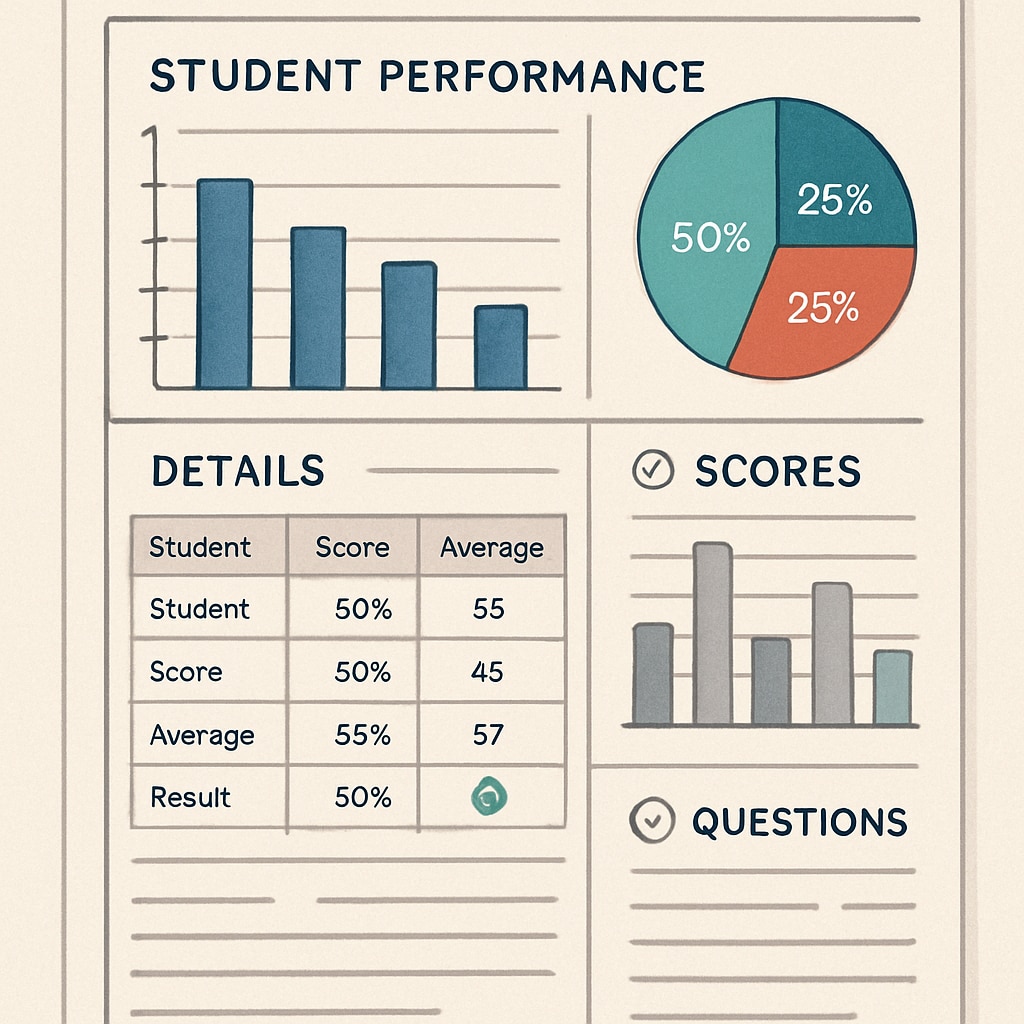High-quality assessment tools are a cornerstone of effective K12 education. For teachers and parents, finding the right resources to evaluate students’ learning and progress can be challenging due to the abundance of options available. In this article, we explore how to identify and choose assessment tools that truly enhance learning outcomes and align with educational goals.
Why Choosing the Right Assessment Tools Matters
Assessment plays a crucial role in the teaching and learning process. It helps educators understand student progress, identify areas for improvement, and tailor instruction to individual needs. However, not all assessment tools are created equal. Effective resources must be reliable, age-appropriate, and aligned with curriculum standards.
For example, adaptive assessments that adjust to a student’s skill level can provide detailed insights into their strengths and weaknesses. Tools like these empower educators to make informed decisions about teaching strategies and interventions.

Key Factors to Consider When Selecting Assessment Tools
Choosing the right assessment resources involves evaluating several critical factors. Below are some key considerations:
- Alignment with Curriculum: Ensure the tool supports the learning objectives outlined in your curriculum.
- Age Appropriateness: Tools should match the developmental stage of students to avoid confusion or frustration.
- Ease of Use: Both teachers and students should find the tool intuitive and straightforward.
- Data Accuracy: Reliable data is essential for making informed educational decisions.
- Feedback Mechanisms: Look for tools that provide actionable and timely feedback to students.
One example of an effective resource is standardized testing platforms that offer detailed reports on student performance. These reports can highlight trends and pinpoint specific areas where students may need additional support.

Top Recommendations for K12 Assessment Resources
Below are some widely recognized assessment tools that have proven effective for K12 education:
- Formative Assessment Tools: Platforms like Kahoot and Quizizz provide interactive quizzes that engage students while offering real-time insights.
- Diagnostic Assessments: Tools such as MAP Growth by NWEA help measure student progress and readiness for specific subjects.
- Performance-Based Assessment: Rubrics and project-based evaluations allow teachers to assess practical skills and creativity.
- Digital Tools: Online systems like Google Forms enable educators to create customizable surveys and tests effortlessly.
By leveraging these tools, educators can enhance their ability to track learning progress and adapt teaching strategies as needed.
How Parents Can Support Effective Assessment Practices
Parents also play a vital role in the assessment process. By understanding how tools are used and the insights they provide, parents can help reinforce learning at home. For example:
- Review assessment results with your child to identify strengths and areas for improvement.
- Encourage active participation in projects or assignments linked to assessments.
- Communicate regularly with teachers to understand how assessments guide classroom instruction.
In addition, parents can explore resources like Britannica’s education section for guidance on supporting student learning at home.
Conclusion: Making Informed Choices
Ultimately, selecting the right assessment tools for K12 students is about ensuring they align with educational goals and support meaningful learning experiences. By evaluating factors such as curriculum alignment, age-appropriateness, and feedback mechanisms, educators and parents can make informed decisions that positively impact student growth.
Effective assessments empower both teachers and students, fostering an environment of continuous improvement and success.
Readability guidance: Use short paragraphs and bulleted lists to summarize key points. Ensure clear transitions between sections and maintain an engaging yet professional tone throughout the article.


